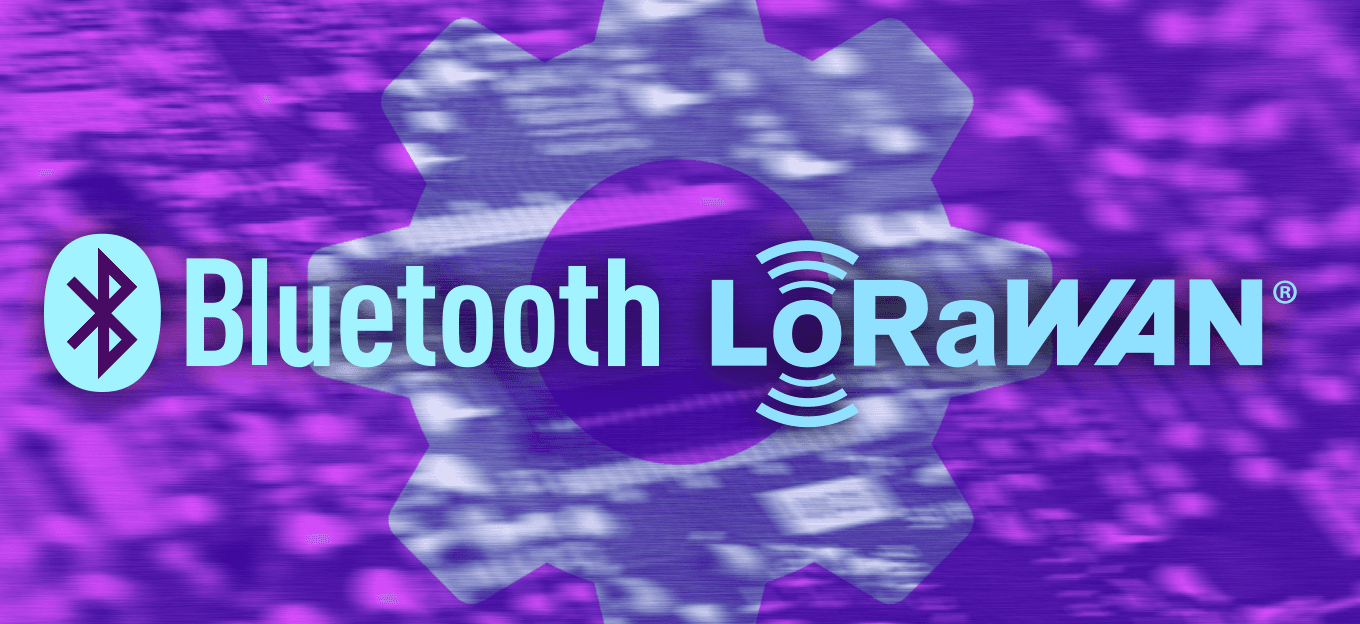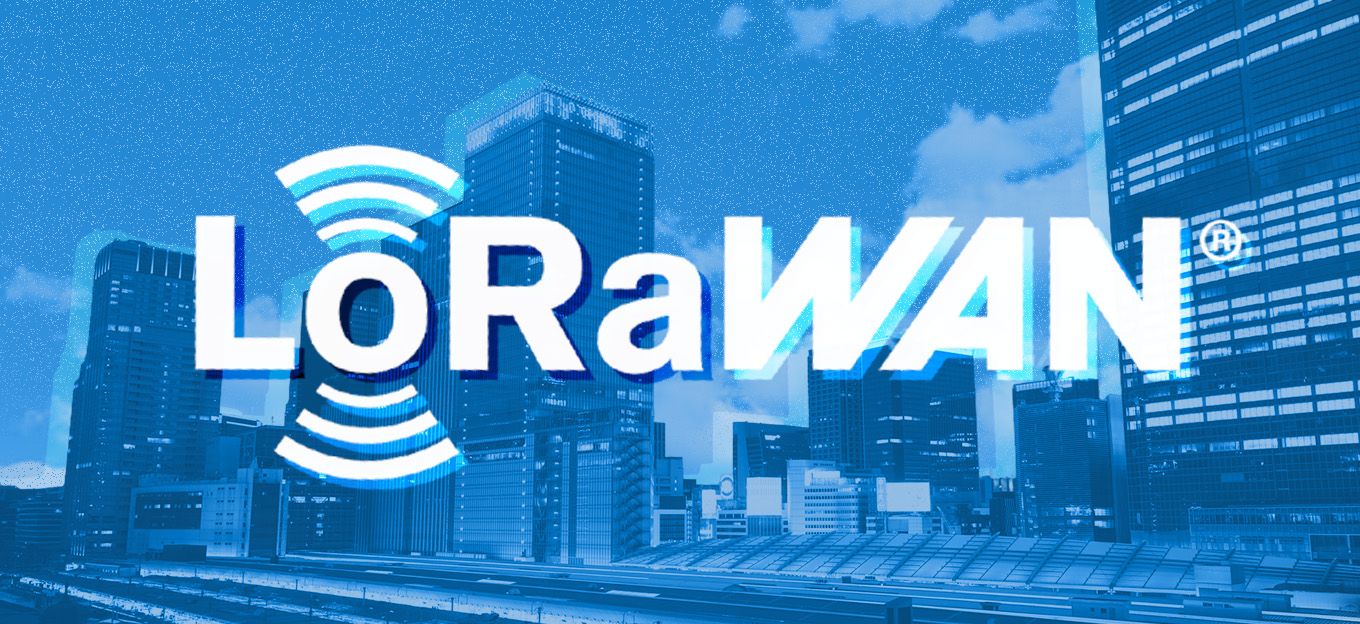Enhancing Asset Monitoring Using LPWAN Technology
Enhancing Asset Monitoring Using LPWAN Technology
- Last Updated: December 2, 2024
akenza
- Last Updated: December 2, 2024



In a busy and fast-paced hospital environment, different departments and floors disperse numerous life-saving equipment, including defibrillators, oxygen tanks, and portable ventilators. This makes critical asset monitoring in healthcare a necessity.
Ensuring these machines are always ready to respond to emergencies and are in working condition is a top priority for ensuring patient safety.
The hospital highlights the critical role that this monitoring plays in both the reliability and responsiveness of healthcare infrastructure. This scenario serves as just one industry example of the valuable utility of Critical Asset Monitoring.
What Is Critical Asset Monitoring?
Critical Asset Monitoring is an approach that manages essential assets within an organization. It involves integrating physical assets with sensors to improve responsiveness and efficiency.
Web applications or signage screens can display alert notifications in real time. Additionally, it serves as a proactive measure to solve issues, such as alerting of machine malfunction before failure in the example described above.

LoRaWAN Use Cases
In practice, LoRaWAN technology plays a pivotal role in enabling Critical Asset Monitoring in healthcare and other industries. There are many different asset monitoring use cases. Here are some examples of the most common for informing operational decisions:
Fire Extinguisher Monitoring
Ensuring the availability and functionality of fire extinguishers is crucial for fire safety. You can place LPWAN-enabled monitoring strips on the back of fire extinguishers.
The central monitoring system continuously receives communication from these strips and issues an alert if the extinguisher is absent or requires servicing. This contributes to a fast and effective response in the event of an emergency.
Defibrillator (AED) Monitoring
Defibrillators, similar to the case of the fire extinguisher, must be readily available and accessible in the event of an emergency. LPWAN technology improves device monitoring by detecting movement from their position and sending an alert if they move.
Art Monitoring
Valuable artwork requires meticulous security. LPWAN-enabled monitoring strips can offer a means of safeguarding art pieces in galleries, museums, or private collections and act as an alarm system if the art has been moved.
It is essential to note that these sensors do not include GPS functionality; instead, they focus on generating notifications upon asset removal.
In all these instances, LoRaWAN messages trigger notifications and alerts. The notifications provide continuous updates by periodically transmitting LoRaWAN messages according to the device configuration, instead of generating emergency calls.
LoRa Sensors
Different sensors are employed for asset monitoring cases, tailoring specifically to each application. LoRa sensors, with their low power consumption and long-lasting battery life, prove particularly well-suited for this purpose. These devices send messages regularly, providing real-time status updates for the assets under surveillance.
Modern IoT platforms can host a variety of different devices to support a wide range of use cases. Their flexibility and scalability make them integral components in implementing effective Critical Asset Monitoring systems.
The Most Comprehensive IoT Newsletter for Enterprises
Showcasing the highest-quality content, resources, news, and insights from the world of the Internet of Things. Subscribe to remain informed and up-to-date.
New Podcast Episode

Moving Past the Pilot Phase in IoT and AI
Related Articles





